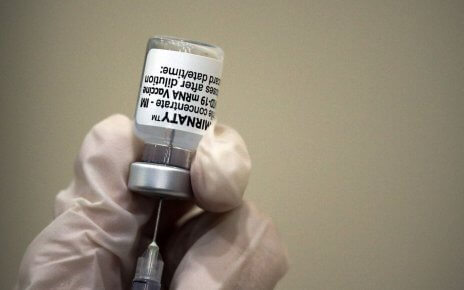Saturday, March 18 marked the 20th anniversary of the U.S. invasion of Iraq. Despite promises of liberation and education from Iraqi women and girls from former president George W. Bush’s administration, it has not yet become a reality.
The education system in Iraq had already been affected by a decade of sanctions and the three wars waged during the Ba’athist era. In 2004, Bush credited the United States presence in Iraq as mending the failures of the Iraqi education system: “For women and girls, liberation has a special significance. Some of these girls are attending school for the first time. It’s hard for people in America to imagine. A lot of young girls now get to go to school.”
However, since then, according to the UN Development Program, only six percent of the state budget has been allocated to education despite its importance for economic growth. For many young women, education can open up new possibilities for career development and entrepreneurship and has the potential to create more economic opportunities.
The United Nations International Children’s Emergency Fund (UNICEF) estimates that about 3.2 million school-age Iraqi children are out of school. The global average literacy rate is about 83.3 percent, but as of 2017, Iraq had the lowest female literacy rate in the region at 79.9 percent. Article 34 of the Iraqi constitution outlines that primary education should be free and obligatory for all children, but education statistics in the region suggest that this is not the case.
According to estimates by the charity Save the Children, girls are also at an increased risk of dropping out as they progress through their academic career due to childbirth, with one in 14 girls in Iraq aged 15-19 giving birth.
As of Jan. 23, the United Nations reports that 130 million girls are denied the human right to education around the world. The lack of education among girls from an early age directly contributes to the phenomenon known as the “Girl Effect,” a name given to the idea that when a girl in poverty turns 11 or 12, her future is out of her control. She will likely drop out of school, marry young, and begin having children.
Moreover, almost 750 million of today’s women and girls worldwide were married before reaching their 18th birthday, according to Kapita. Kapita is a venture capitalist firm that monitors the condition of women globally. This cycle continues throughout generations, enabling factors that have the potential to hold women and young girls back.
The importance of the education of girls worldwide is abundantly clear and has positive impacts outside of the girl’s own life. Girls who complete a secondary school education earn more money, marry later, and raise children who are healthier and better nourished. Educated girls are less likely to face discrimination.
According to UNICEF data, women are safer and better protected from exploitation and abuse when they’re highly educated. They also invest more in their communities and contribute more to the economy and to society.
Alex Mykulyn, a junior political science student, reflected on his learning experience in a course he is currently taking with Rekha Datta, Ph.D., “The biggest realization for me was just how integrated women’s issues are with other issue and policy areas. Prior to taking the course they felt like a separate category of issues requiring different solutions. During the semester we have learned how other issue areas like conflict and climate impact women’s issues. At the same time, we have examined how through something like the Girl Effect, improving women’s rights can improve other areas like the economy.”
Failure to prioritize girls’ education on the global agenda stems from a long history of neglecting to acknowledge women’s rights as human rights. Significant numbers of the world’s population are routinely subject to torture, starvation, terrorism, humiliation, mutilation, and even murder simply because they are female. Sex discrimination kills women daily.
When combined with race, class, and other forms of oppression, it constitutes a deadly denial of a women’s right to life and liberty on a large scale. Violence against women takes many forms from assault and battery, incest, female infanticide, and sexual assault, to dowry death, mutilation, and female sexual slavery.
These abuses occur in every country and are found in the home, the workplace, on streets, in prisons and in refugee camps. In many cases, abuse against women continues to be ignored despite a clear record of deaths and demonstrable abuse. Women’s rights are not commonly classified as human rights on a global scale.
Senior political science student and president of Monmouth University’s Students Advocating for Girls Education (SAGE) club, Nash Steward, shared her experience on the issue: “SAGE is a club on campus that has partnered with a nonprofit organization that has a shared goal of advancing women’s education globally. When women are granted educational equity, it allows them to become self-sufficient and overcome many of the social, financial, and political boundaries placed on them. This helps to elevate women’s status globally by allowing them to open doors for themselves so that they can thrive regardless of their socioeconomic status.”



